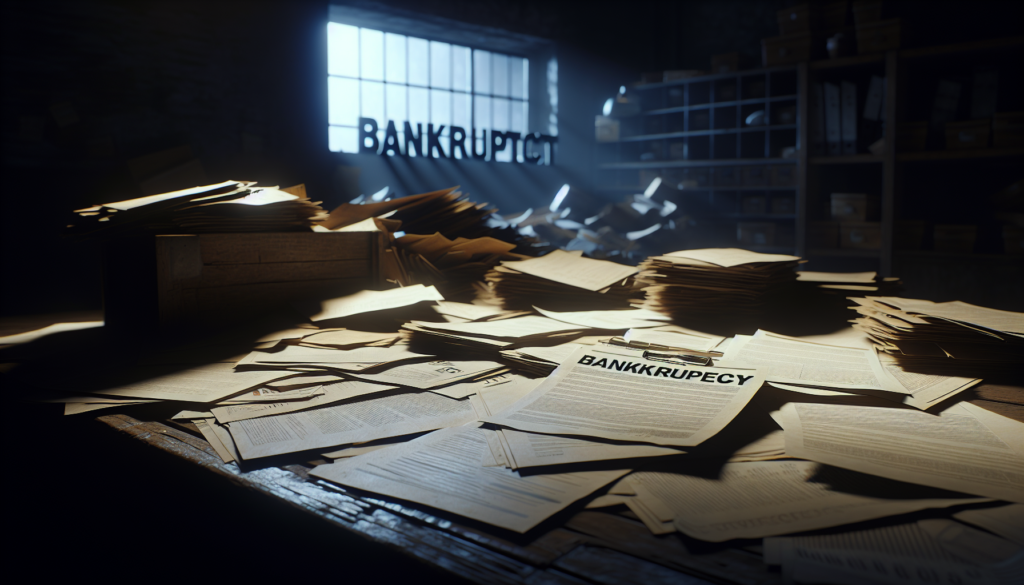
The Chapter 13 bankruptcy process is a legal procedure that allows individuals with regular income to reorganize their debts and make manageable payments under a court-approved plan. Unlike Chapter 7, which liquidates a debtor’s non-exempt assets to pay creditors, Chapter 13 focuses on debt repayment over time. Here’s a step-by-step overview of the Chapter 13 bankruptcy process:
1. Determine Eligibility
First, you must determine if you’re eligible for Chapter 13 bankruptcy. This involves having a regular income and total debt that does not exceed certain limits (secured and unsecured debt limits are periodically adjusted for inflation).
2. Credit Counseling
Before you can file for Chapter 13 bankruptcy, you must complete a credit counseling course from an approved agency within 180 days before filing. This requirement aims to ensure you understand all your options and the implications of bankruptcy.
3. Prepare and File Your Petition and Documentation
You (or your attorney) will prepare and file a bankruptcy petition with the court, along with schedules of assets and liabilities, a schedule of current income and expenditures, a statement of financial affairs, and a proposed repayment plan. Filing the petition triggers an automatic stay, which stops most collection actions against you.
4. Pay the Filing Fee
There is a filing fee for Chapter 13 bankruptcy, which must be paid unless the court grants a waiver or allows you to pay in installments.
5. 341 Meeting of Creditors
After filing, the court appoints a bankruptcy trustee to oversee your case. Within a few weeks, the trustee will hold a meeting of creditors (341 meeting), where creditors can ask questions about your finances and the proposed repayment plan. You are required to attend this meeting.
6. Repayment Plan
The core of Chapter 13 bankruptcy is the repayment plan, which proposes how you will pay off your debts over three to five years. Your income, expenses, and debt types influence the plan’s specifics. Within 14 days of filing, you must submit your repayment plan to the court for approval, although some jurisdictions allow the plan to be filed with the petition.
7. Plan Confirmation Hearing
After the meeting of creditors, there will be a confirmation hearing where the court decides whether to approve your repayment plan. Creditors can object to the plan, but if it meets all legal requirements and is fair, the court is likely to confirm it.
8. Make Payments
Once your plan is confirmed, you’ll start making regular payments to the trustee, who then distributes the funds to your creditors according to the plan’s terms. You must begin making payments within 30 days of filing the bankruptcy petition, even if the plan hasn’t been confirmed yet.
9. Maintain Plan Payments and Direct Payments
You must make all payments under the plan to the trustee and keep up with any ongoing payments for debts not included in the plan (like a mortgage or car loan).
10. Complete a Debtor Education Course
Before you can receive a discharge, you must complete an approved debtor education course and file a certificate of completion with the court.
11. Discharge
After you’ve completed all payments under the plan, the court will discharge any remaining eligible debts, releasing you from personal liability for these debts. Some debts, such as student loans, certain taxes, and child support, are not dischargeable.
12. Case Closure
Once the discharge is granted and all administrative tasks are completed, the court will close your bankruptcy case.
The Chapter 13 bankruptcy process is complex and requires strict adherence to legal procedures and deadlines. It’s often advisable to seek the assistance of a qualified bankruptcy attorney to navigate the process and ensure that your rights are protected throughout.

Get a Free Bankruptcy Case Evaluation